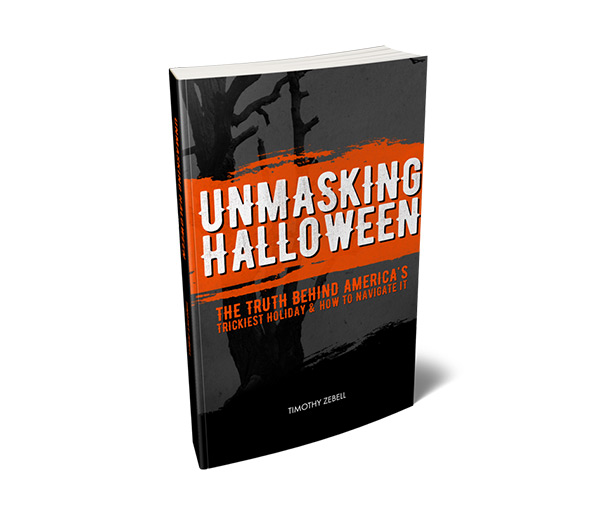To invest in commodities is to invest in a specific item such as grain, precious metals, oil, coffee, natural gas, or orange juice. Rather than putting one’s cash under the mattress, in the bank, or buying stock in the future of a company, are we better off investing in commodities during times of crisis? Put another way, are commodities the refuge that we seek?
At the turn of the millennium, commodities entered into a decade-long bubble. Many factors encouraged this bubble, including such things as terrorism, war in the Middle East, near-zero interest rates, and quantitative easing. Perhaps the most significant factor was China’s rapid development with an average annual GDP growth rate between the years 2000 and 2010 of 10.3%. This produced a high demand for commodities which drove up prices and led to an overproduction. However, these prices began falling in 2011 as China’s GDP began tapering off, thus reducing demand in an overproduced market. China’s 2017 first quarter GDP growth is estimated to be about 6.9%.
However, Future Money Trends, founder of Dent Research, Harry Dent, is skeptical of China’s growth:
Businesses around the world, not just us, over-expanded in a boom that looked like it would go on forever and was highly leveraged by debt growing at 2.6 times GDP in the United States alone. And now demand globally is going down. I mean, the biggest joke in the world is that China says they’re growing at 7%. This is not the case. There’s no way iron ore would be down 80%—oil and coal down 70%—if China was growing at 7% because they’re the largest consumer of commodities—both their consumers and their industrial machine. China is probably growing at 3–4%. China has over-built everything—condos, houses, roads, infrastructures, industrial capacity—10, 12 years out. They moved … 500 million people in the last 25 years to cities, and half of that in the last 12 years. They’ve got 220 unregistered citizens with no skills in cities. And now that their produce-something-for-nothing economy—I mean, they’re building something for nobody—is starting to collapse. This is going to be a huge problem. So we’ve over-expanded—too much supply, and now global demand is going to go down, led by China, also generated by falling demographic trends in the whole developing world. And China’s collapse kills emerging countries where there are good demographics, and so you have this commodity collapse. And it’s going to continue.
While there are reasons to be concerned about the commodities market, other indicators are positive.The election of Donald Trump has encouraged commodity investors. Demand for industrial metals is expected to rise because of Trump’s plan for infrastructure improvements. In fact, copper prices rose 11% in the week of Donald Trump’s election. And those who are concerned that Trump’s policies will lead to inflation are seeking refuge in commodities. As Geoff Blanning says, “The primary reason for investing in commodities should always be as an inflation hedge. Given the continued printing of money by the world’s central banks, there is every reason to argue that higher inflation is coming in the future.”
Further, an extended period of commodities trading below their marginal cost of production(which is an economics term that refers to the change in production costs resulting from producing one more unit) has caused producers worldwide to reduce their output and to cut investment in future projects. Portfolio manager at Cohen and Steers believes that this has slowly rebalanced the market, saying, “We believe that this is part of a fundamental recovery and estimate most commodities are likely to achieve supply-and-demand equilibrium by the end of 2017.”
Certainly there are many factors which have affected the commodities market, and these vary according to product. In general, the commodities market has been extremely volatile for many years now—even without a national crisis. In recent years, we’ve witnessed this in the areas of copper, silver, corn, pork, and more.
Perhaps the most extreme example is the price of oil. In his book The Sale of a Lifetime, Harry Dent notes, “There is no more bubble-prone sector than commodities. Oil went from $18 in late 2001 to $147 in mid-2008. That’s an increase of 716%. Then it came tumbling down, losing 78% in just 4.5 months.” The overproduction of oil combined with a decreasing demand has led Harry Dent to project that oil prices will soon fall again.
Certainly a highly volatile and bubble-prone sector of the economy does not offer the refuge thatwe seek.
What about other forms of investing? And what perspective does the Bible give?
To be continued . . .








